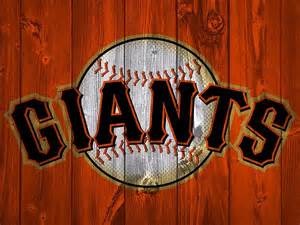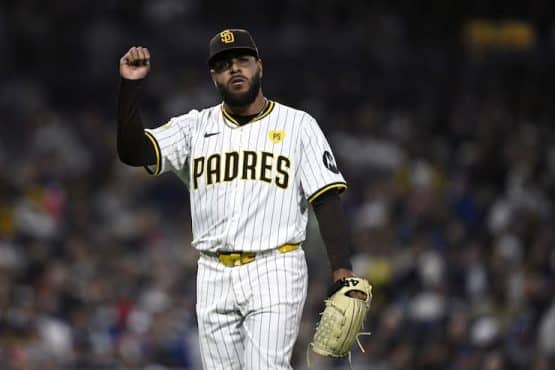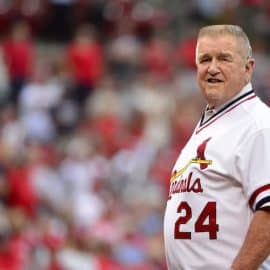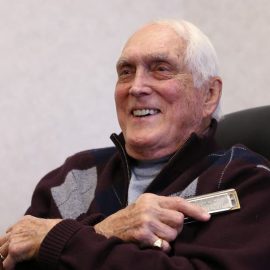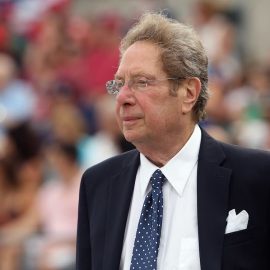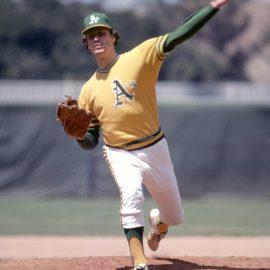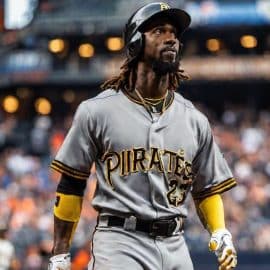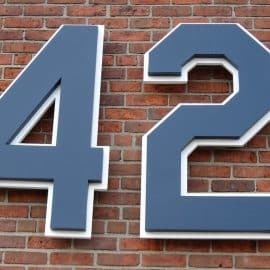The San Francisco Giants are definitely not rebuilding. Because a “rebuild” suggests that there was something worthwhile there in the first place. You know, to rebuild.

Rather than dancing around words like “rebuild” and “semi-rebuild” let’s describe what’s actually going on: this is a bottom-up, honest-to-god “build”.
Perhaps because this process can be lengthy and unpopular, throughout his early tenure Giants President of Baseball Operations Farhan Zaidi is not getting much love and respect from the Giants’ anxious and semi-attentive fanbase.
Much of what we hear in the social poopstorm is that Zaidi has merely picked up a series of less-than-talented players dumped by other organizations. Or that he really hasn’t really done much of anything over the winter and early spring.
Maybe if Zaidi drove a scooter to work each morning or had a catchy nickname, Giant fans would be more enthusiastic. Hey, what about “Sonic the Hedgeteacher”?
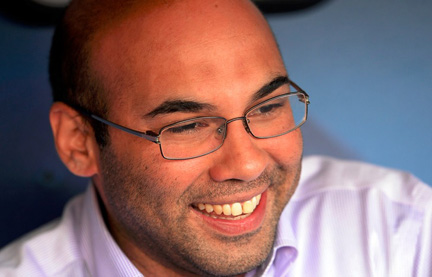
The old timey anti-analytic baseball writers in the San Francisco Chronicle are waging an embarrassing guerilla war against Zaidi.
Virtually every time he references a smart idea or insightful data that has helped other baseball teams win more baseball games, the Chron’s cranky old writers start yelling from their front porch. Something about young people on their front lawn.
A favorite target is Wins Above Replacement (WAR), a stat which one Chronicle sports writer recently vowed never to use.
And that’s appropriate, because MLB Network’s Brian Kenny has a quote in his book “Ahead of the Curve”, … about a sportswriter who disparaged WAR. He should, Kenny wrote, “either appreciate that smart people are doing work that is beyond his level of education or at least not make fun of what he cannot comprehend.”
The reason WAR is now used in every MLB front office is that it is an invaluable foundational stat that measures the economic impact and overall contributions a player brings to a team.
As in everyday life, we often determine the value of something by what it would cost to replace it.
So exactly what is going on in San Francisco? Actually plenty, so let’s break it all down.
Zaidi has hired key people to simultaneously work on a variety of key projects while at the same time reshaping the Giant’s culture.
- First and foremost, Farhan Zaidi has hired a group of baseball subject matter experts to replace the existing staff. This is Zaidi’s brain trust.
> J.P. Ricciardi, Senior Advisor to the President of Baseball Operations. Ricciardi spent the last 8 years as Mets GM Sandy Alderson’s Special Assistant and before that was the Toronto Blue Jays GM for 8 seasons. He previously worked for Billy Beane and the Oakland A’s for 16 years.
> Michael Holmes, Director of Amateur Scouting. Has been Assistant Scouting Director for the Oakland A’s since 2009.
> Zach Minasian, Director of Pro Scouting. Minasian worked for 15 years in the Brewers scouting department and most recently was Special Assistant to GM David Stearns.
> Matt Daniels, pitching analyst. Daniels was the Pitching Coordinator for the legendary Driveline Baseball in Seattle.
- Created depth at the high end of the Giant’s organization.
Which means having layers of league average players on the 40-man roster.
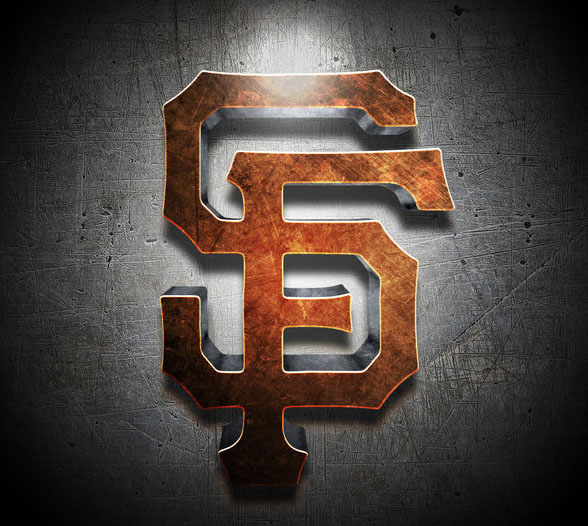
Injuries are absolutely predictable for every MLB team, including injuries to key players. Being prepared for that, instead of lamely hoping that injuries won’t happen, is the mark of an exceptional organization.
Franchises like the Houston Astros, Los Angeles Dodgers, Chicago Cubs, New York Yankees, and Boston Red Sox build layers of league average (or better) players into their 25-man and 40-man rosters to insure a high level of professional consistency.
The Zaidi signings of LHP Drew Pomeranz, 30, and right fielder Gerardo Parra, 31 are perfect examples of adding depth.
At first it might seem counterintuitive for the Giants to sign additional aging veterans to an aging veteran club. But in the coming season San Francisco will need hundreds of at-bats taken and scores of innings eaten– and it will look a lot better if those at-bats and innings are taken professionally.
Also, these are team-friendly, one-year deals; Parra gets a minor league contract that will pay him $1.75 million if he makes the 25-man roster, and Pomeranz is guaranteed $1.5 million (with incentives that can push that to $5 million).
- Assembled a solid bullpen to move the 2019 team forward throughout the coming season.
You can argue that nothing has more influence on an MLB team’s season than the bullpen. Without having a bullpen that finished 6th in the National League with a 3.79 ERA in 2018, the Giants 73-89 record could have been much worse.
We know that pitcher “saves” is a useless statistic. The fact that San Francisco led the Majors with 30 “blown saves” clearly demonstrates that saves are not remotely a measure of the effectiveness of a bullpen.
Not only do the Giants start the 2019 season with several exceptional relievers (LHPs Will Smith and Tony Watson, RHP Reyes Moronta), Zaidi has added RHP Trevor Gott from the Nationals, and LHP Travis Bergen, a Rule 5 pick-up from Toronto.
Former Cincinnati prospect RHP Jose Lopez, 25, was a nice pick-up off waivers. Lopez will add upper minor league organizational depth that San Francisco can call on during the season.
- Begun to Rebuild the Giants failing farm system.
There’s two ways to get that done. The long-term solution is to conduct smart, well-researched annual First Year Player Drafts each June, something that the previous front office failed to do.
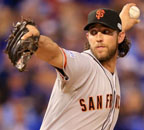
Current Giants players with value include LHP Madison Bumgarner, LHP Will Smith, and LHP Tony Watson. Precisely when these players get traded will be determined by the deal that Zaidi feels brings the highest value.
Typically, the mid-season non-waiver trade deadline prompts contending MLB teams to give up the most minor league value to fix their current Major League needs.
- Acquired a number of promising hitters from various organizations who can provide depth.
> CF Drew Ferguson was picked up in a Rule 5 deal from the Houston Astros. Ferguson was drafted by the Astros in 2015 and can play all three outfield positions.
> Abiatal Avelino, 24, was acquired in August 2018 in the Andrew McCutchen trade with the Yankees. He is an exceptional shortstop and second baseman who can bring flexibility to the Giants’ infield.
> Breyvic Valera, 2B. Switch-hitter Valera was picked up from the Baltimore Orioles for cash. He was in the Dodgers system last season when he was dealt to the Orioles as part of the Manny Machado deal.
Since Farhan Zaidi was hired as Baseball Ops President there have been dozens of other moves– in the front office, on the coaching staff, and with players.
We have also seen Zaidi “deal up” a number of times this winter, picking up a player and then almost immediately replacing him when better alternatives became available.
And he’s not remotely finished.
Giants fans saw their previous front office plod through each season, obeying a predictable schedule and making as few moves as possible.
In the new paradigm, there is no “down time”. The engine is on 24/7 and we can expect deals, movement, and trades right up to the final game in September. And beyond.
On the field, 2019 looks to be a tough season for the San Francisco Giants. But the process of making foundational changes, and creating a forum for smart, difference-making decisions in the organization is already in full acceleration.
Add The Sports Daily to your Google News Feed!
